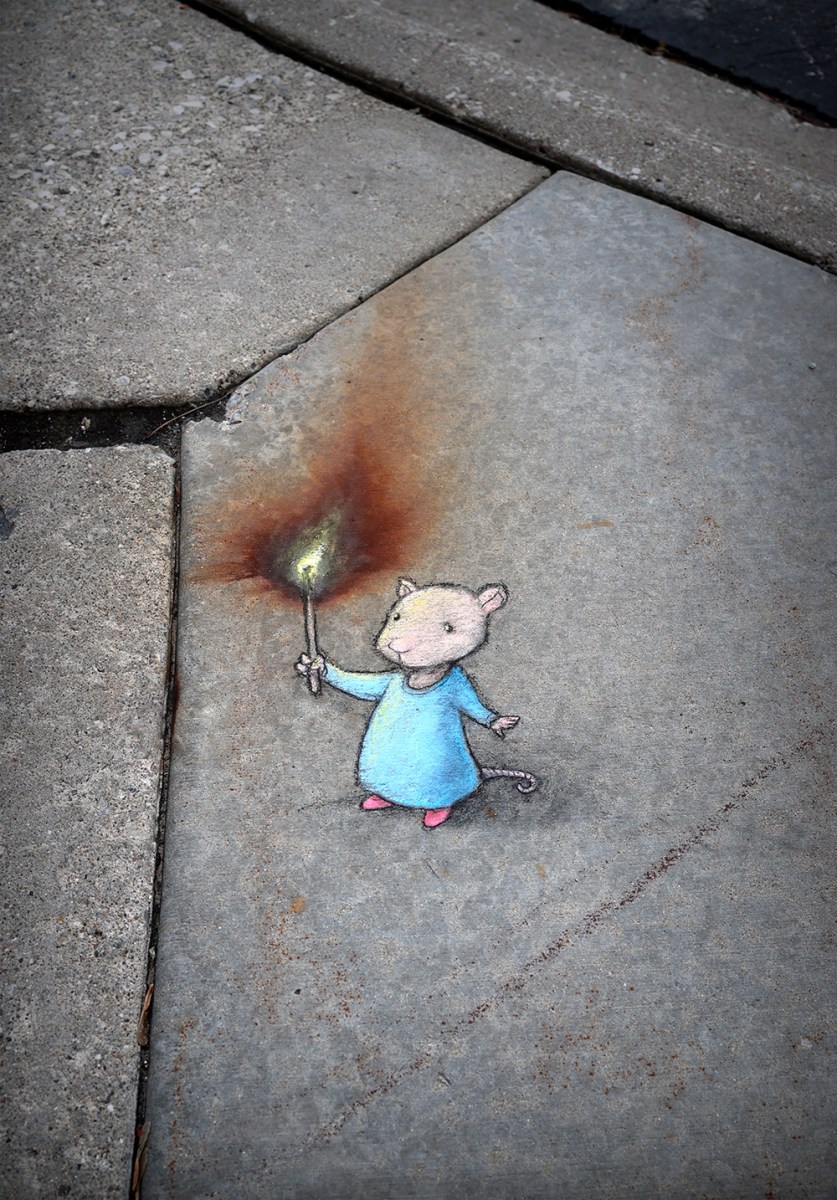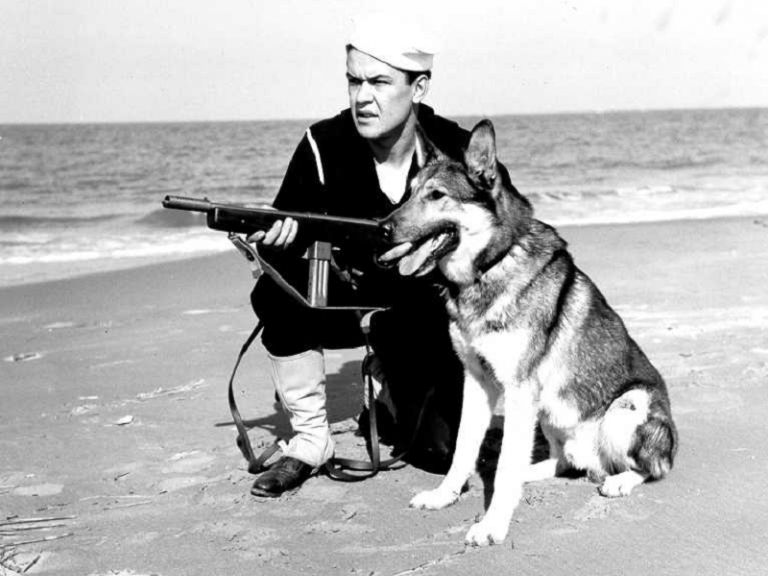World-renowned street artist claims mural in Finsbury Park area as his own in an Instagram post on Monday

The new work on the side of a building on Hornsey Road in Finsbury Park, London Photograph: Ella Nunn/PA
A mural that appeared overnight on a residential building in north London is the work of Banksy, the anonymous street artist has confirmed.
The artist claimed the work as his own in an Instagram post on Monday, following a morning of speculation after it was spotted on Hornsey Road in Finsbury Park.
The mural is painted on a wall that sits behind a tree as the viewer looks south-east down Hornsey Road.
It features a lifesize depiction of a woman holding a pressure washer, having apparently sprayed green paint up the side of a block of flats. Viewed with the tree in the foreground and centred on the wall, the green paint mimics the foliage of the plant, which has been cut back in a process known as pollarding.
Crowds of people turned out to see the artwork on Monday morning. Wanja Sellers, a Hornsey Road resident who lives a few doors down from the mural, told the PA Media news agency: “We’re so proud and delighted that Banksy chose our road and chose Finsbury Park for his work.”
Lidia Guerra, another Hornsey Road resident, said: “The way it’s been done, with the paint spraying down, reminds me of a weeping willow, so there’s perhaps a message about the struggle of nature with the dead tree in front. It’s just great – when we read about it last night, we knew we had to come and see it as soon as possible. We feel so proud to think he chose our street.”
Chris Beskin welcomed the mural, saying it is a “great thing to have in our area”. He added: “I’m absolutely delighted to see this on our street – I think it’s great and sends a strong message, I’d like to see more of it, to be honest, the more the merrier. I think it’s probably one of his biggest pieces in a while - and the fact he’s done it on the wall means it can’t just be stolen or easily removed.”
read more: via The Guardian






















































